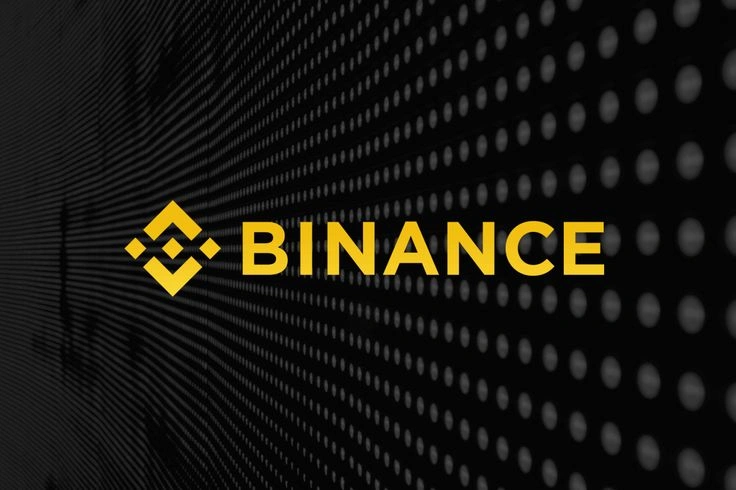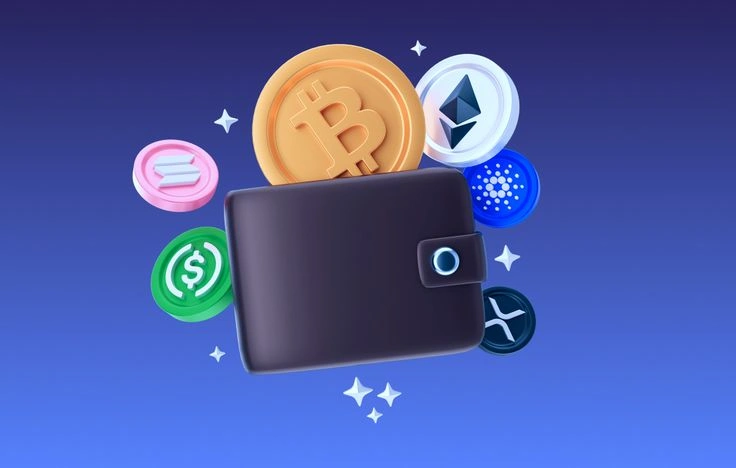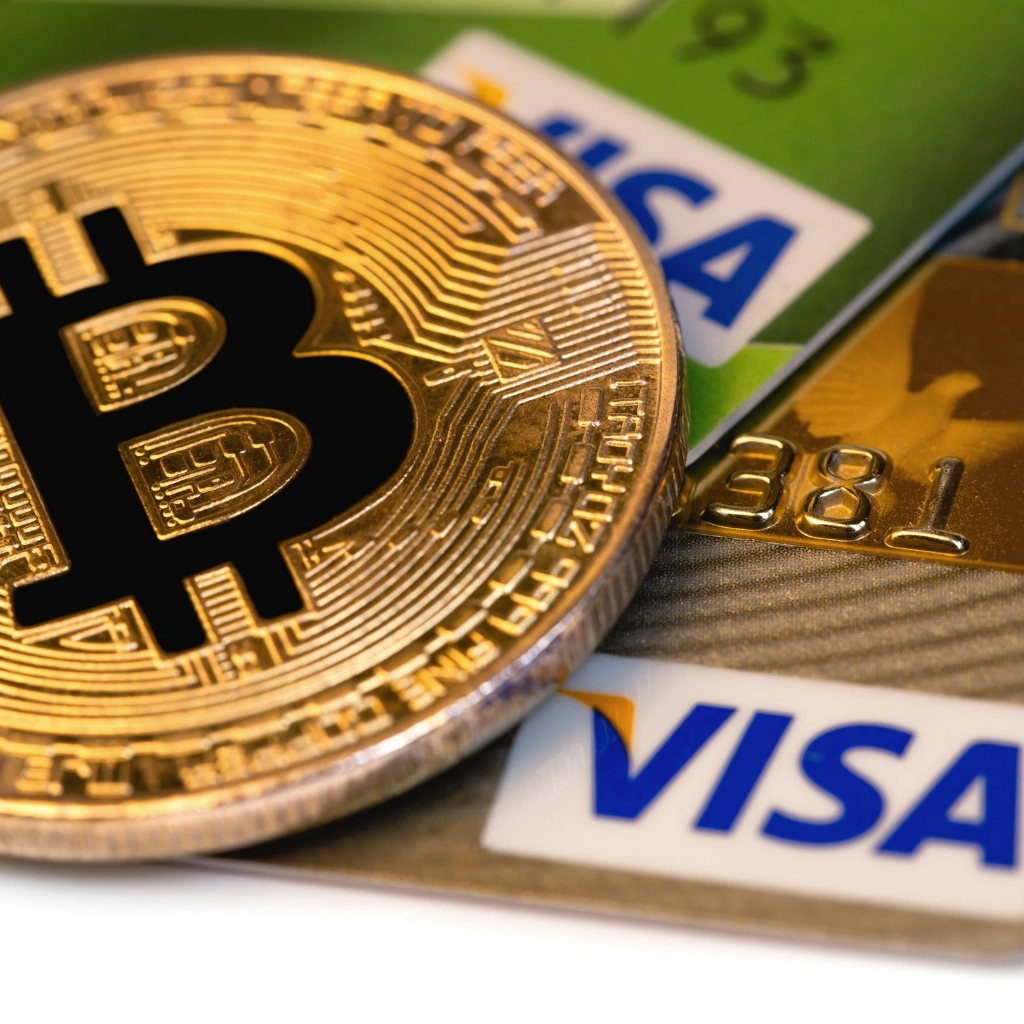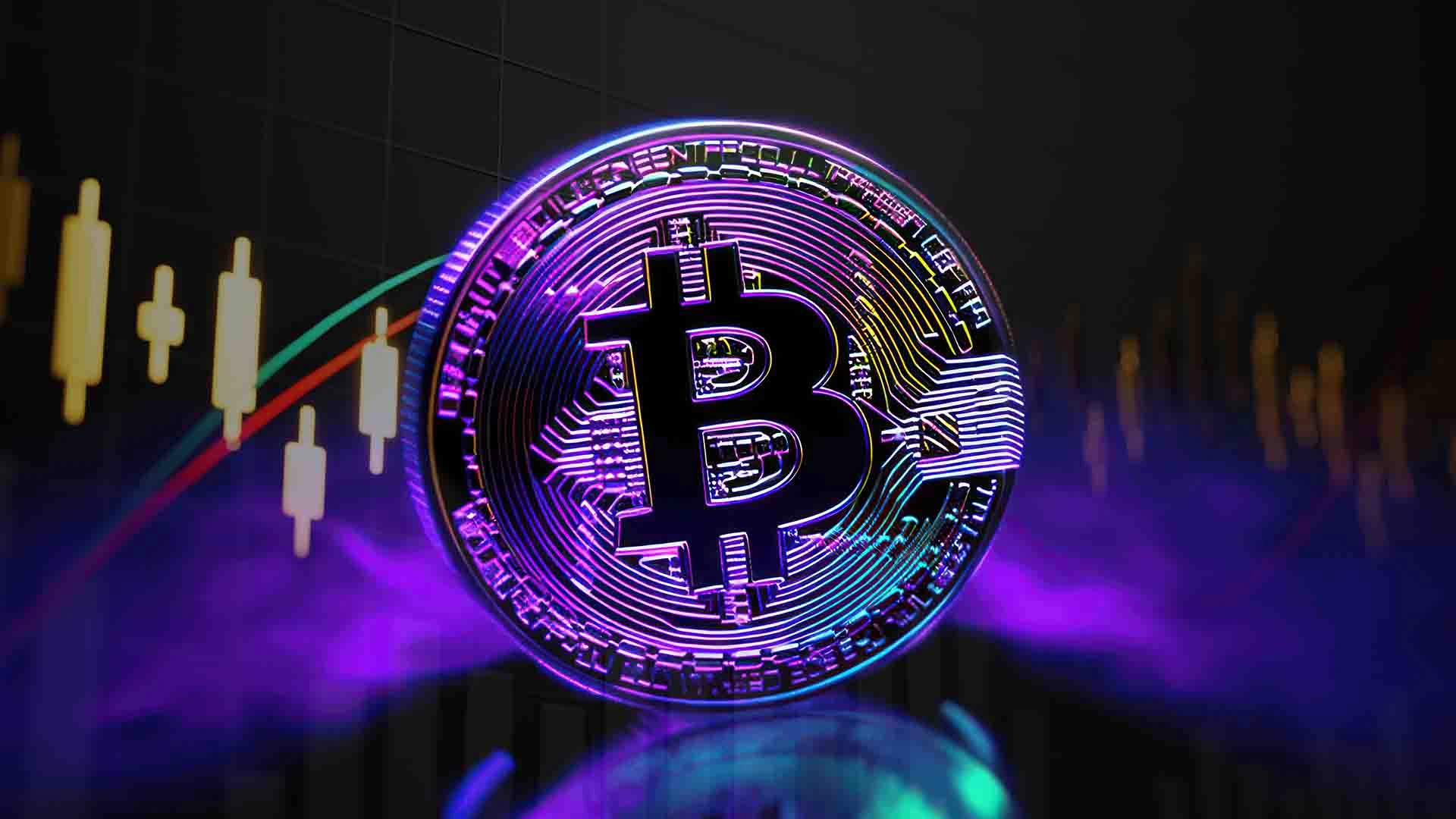Crypto and bank card integration: What if the next time you bought a coffee, you paid with Bitcoin instead of cash? What if your crypto wallet wasn’t just for trading or “hodling” on the sidelines—but actually functioned like your everyday debit card?
That “what if” is starting to look a lot like “when.” As cryptocurrencies edge into the mainstream, banks and fintechs are experimenting with merging digital assets with real-world transactions. Crypto + card = a financial hybrid that might change the way we pay.
But what happens if this integration goes full throttle?
What If Crypto Cards Became the New Normal?


Imagine a world where everyone has a bank card linked to their crypto wallet. No need to swap coins into fiat first. No middleman. You swipe, tap, or click—and your crypto gets converted in real-time behind the scenes.
Visa and Mastercard are already testing this reality, partnering with platforms like Binance, Crypto.com, and Coinbase to issue cards that do just that. So far, the world hasn’t imploded. But what would mass adoption actually look like?
What If You Could Use Bitcoin for Everything?


No more keeping crypto for rainy days or speculative moonshots. You use it to buy groceries, movie tickets, even your rent.
For the crypto faithful, this would be validation—finally, utility beyond trading. You’re not just investing; you’re participating in a decentralized economy on the ground level.
You might even earn crypto cashback, dodge some traditional banking fees, and gain a sense of financial autonomy that fiat doesn’t always deliver. A swipe of freedom, if you will.
But What If Things Go Sideways?

Let’s run the darker scenario.
What if you spent $80 worth of Ethereum on dinner… and the next morning that same ETH would’ve been worth $150? Instant buyer’s remorse. Welcome to the volatility trap.
Budgeting in crypto could turn daily purchases into regret-filled decisions. Imagine explaining to your landlord that your rent is late because Bitcoin dipped too hard overnight.
And let’s not forget security and fraud. What if your linked wallet gets hacked or phished? Blockchain transactions are irreversible—and in many cases, unprotected. No fraud team to call. No refunds. Just “Sorry, your keys, your problem.”
Crypto and bank card integration: What If Governments Aren’t On Board?

Now imagine this future running headfirst into global regulation—or the lack thereof.
What if your crypto card works in one country, but is illegal in another? Or worse, what if future crackdowns freeze the platforms that make this hybrid system possible?
The regulatory wild west we’re currently in makes global scalability hard. If every country writes its own rules, then universal adoption becomes a patchwork—not a revolution.
Crypto and bank card integration: What If Balance Is the Real Answer?
So what if we don’t need to go all in on crypto cards?
Maybe the sweet spot is a hybrid model—where users can toggle between fiat and crypto, supported by smart conversion tools, strong security frameworks, and consumer protections that mirror the banking world.
A system where you control your assets, but also have guardrails. Where innovation meets regulation in the middle. That could be the compromise that lets this idea flourish.
Final Thought: What If the Future Is Already Here—Just Unevenly Distributed?
The integration of crypto with bank cards isn’t fantasy—it’s happening. But it’s still in early stages, full of experimentation, risk, and trial by fire.
If done right, it could reshape finance forever. If rushed, it could become just another overhyped tech trend that burns bright and fizzles out.
So what if we took it slow? Built the systems right? Gave people tools and education, not just hype?
Then maybe—just maybe—crypto cards could move from “what if” to “why not.”
Relevant News: Here











